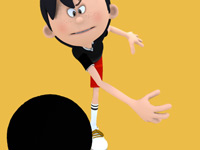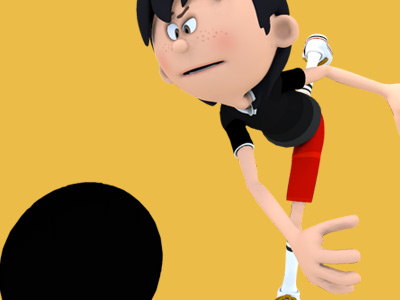Origins
In 1934, British anthropologist Sir Flinders Petrie, along with a team of archaeologists, discovered various primitive bowling balls, bowling pins and other materials in the grave of a protodynastic Egyptian boy dating to 3200 B.C., very shortly before the reign of Narmer, one of the very first Egyptian pharaohs. Their discovery represents the earliest known historical trace of bowling. Others claim that bowling originated in Germany around 300 A.D., as part of a religious ritual in which people would roll stones at clubs (or "kegels") to absolve themselves of sins.
A site in Southampton, England claims to be the oldest lawn bowling site still in operation, with records showing the game has been played on the green there since 1299. The first written reference to bowling dates to 1366, when King Edward III of England banned his troops from playing it so that they could focus more on their archery practice. It is believed that King Henry VIII bowled using cannonballs. Henry VIII also famously banned bowling for all but the upper classes, because so many working men and soldiers were neglecting their trades.
In Germany the game of Kegel (Kegelspiel) expanded. The Kegel game grew in Germany and around other parts of Europe with Keglers rolling balls at nine pins, or skittles, in a diamond formation (1-2-3-2-1). To this day, bowlers in the United States and United Kingdom are also referred to as "keglers".
Ninepin bowling was introduced to the United States from Europe during the colonial era, similar to the game of skittles. It became very popular and was called "Bowl on the Green". The Dutch, English, and Germans all brought their own versions of the game to the New World, where it enjoyed continued popularity, although not without some controversy. In 1841 a law in Connecticut banned ninepin bowling lanes because of associated gambling and crime, and people were said to circumvent the letter of the prohibition by adding an extra pin, resulting in the game of ten-pin bowling.
A painting which dates from around 1810, and has been on display at the International Bowling Hall of Fame and Museum in St. Louis, Missouri (before its relocation on January 26, 2010, to the International Bowling Campus in Arlington, Texas), however, shows British bowlers playing the sport outdoors, with a triangular formation of ten pins, chronologically before it appeared in the United States. A photograph of this painting appeared in the pages of the US-based "Bowler's Journal" magazine in 1988.
SPORTS

RESOURCES
This article uses material from the Wikipedia article "Ten-pin bowling", which is released under the Creative Commons Attribution-Share-Alike License 3.0.
© Stories Preschool. All Rights Reserved.









